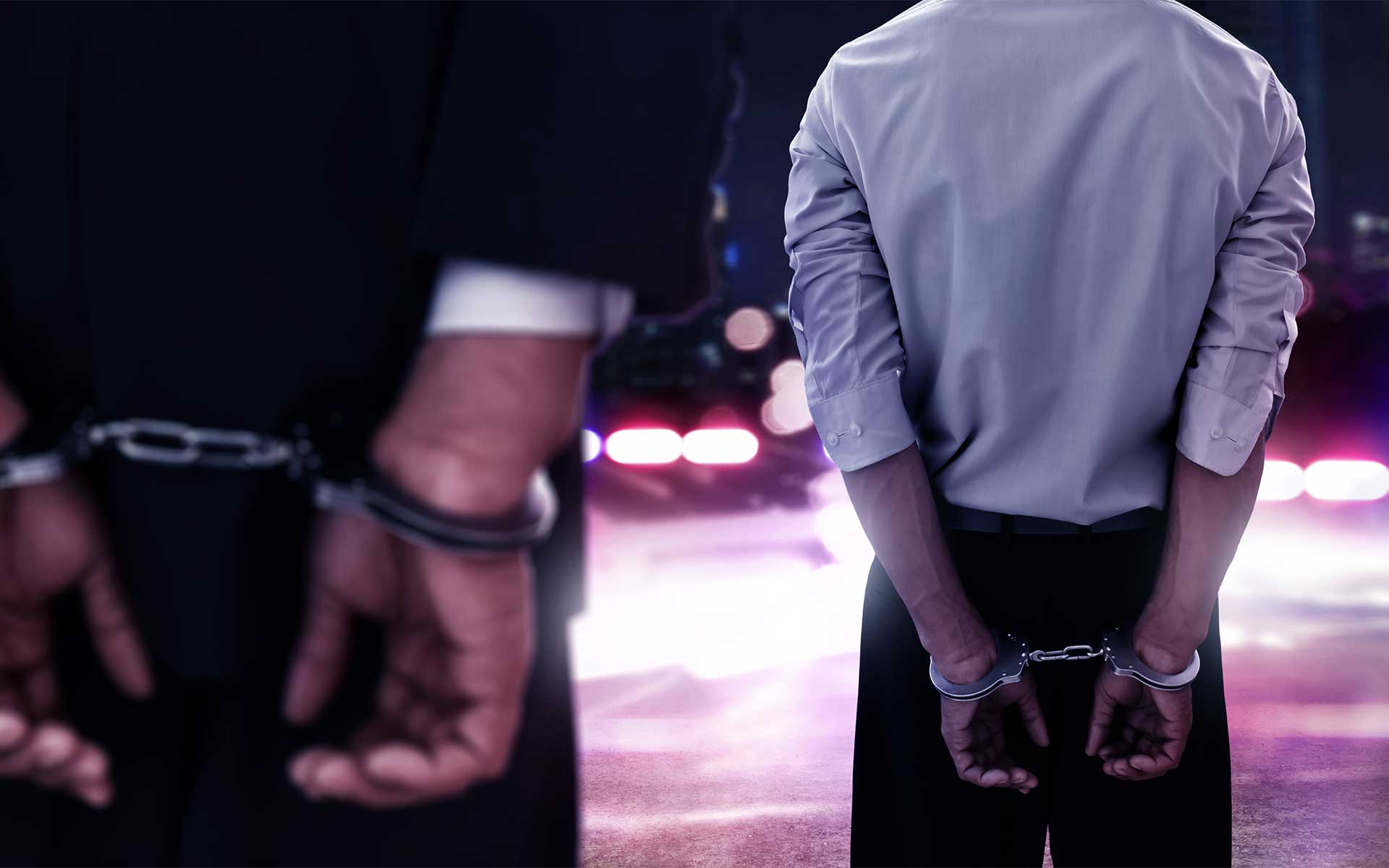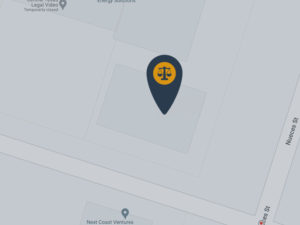
When it comes to crime, it isn’t always the case that it is solely the person who has committed a crime who is found guilty. Accomplice liability expands complicity and culpability to encompass the act of encouraging or helping another person to commit a crime.
In this blog post, we clarify what accomplice liability is in detail, explain the legal understanding of this phenomenon, provide some examples as well as what the potential defenses are.
What is Accomplice Liability?
According to Texas penal code, accomplice liability refers to situations in which the defendant has inspired or assisted (or in legal terms aided and abetted) another person to commit a crime. Their culpability is factual in spite of the fact that they did not pull a metaphorical trigger.
In case of complicity, the defendant (an accomplice) will face equal or very similar penalties as will the principal, or a person who has actually committed the crime. This means that proving the voluntary and intentional nature of the accomplice’s involvement is crucial.
Legal Understanding of Accomplice Liability
Difference Between Criminal Liability and Accomplice Liability
Criminal liability must be proven in order to establish the defendant’s guilt. In other words, a criminally liable person is the one found guilty of committing criminal conduct with intent. In this case, the perpetrator is referred to as the “principal”.
On the other hand, accomplice liability refers to the criminal liability of the accomplice for target crime perpetrated by another person, such as encouragement, help, or assistance.
Accomplice Liability Elements
In order to charge someone as an accomplice to a crime, the prosecution has to prove that:
- the suspect did not commit a crime themselves, but it was committed by another person;
- the suspect deliberately and intentionally helped the other person to commit a crime;
- the suspect inspired, advised, helped, or commanded the other person to commit a crime.

Accomplice Liability Examples
A person can be charged for criminal and accomplice liability regardless of whether they have helped before a crime is committed or after. The following are the most common acts that exemplify how a person can be an accomplice in crime:
- Inspiring, encouraging, or enabling the commission of a crime;
- Loaning weapons, money, or other means or items that are to be used while the crime is committed;
- Disabling the alarm or surveillance system at a place of work (such as a jewelry store) in order to facilitate the robbery that is planned for after the closing hours;
- Making sure to inform the person committing a crime if there are any witnesses or police in sight (being on a lookout);
- Acting as a getaway driver.
Defenses to Accomplice Liability
While it isn’t always easy to get the charges for accomplice liability to be dropped, there are a few ways to successfully go about it with the help of an experienced lawyer. The most common ways include withdrawal, inapplicability, explicit provision, and accessory after the fact.
Withdrawal
Timing is everything when it comes to withdrawal. As the first line of defense in case of accomplice liability, withdrawal refers to a situation in which a person who previously encouraged or facilitated a criminal act decides to withdraw their assistance or help. As such, withdrawal must happen prior to events leading up to a crime, or precisely, before the so-called point of no return: a moment from which it is impossible to stop a crime.
The withdrawal must also be effective, meaning that an accomplice has to either give a timely warning to the police about what will happen, render previous encouragement or help ineffective or actively try to prevent the perpetrator from committing a crime altogether.
Inapplicability
Inapplicability is another potential line of defense, valid in situations in which we cannot say that there can be accomplice liability. For example, a minor who has willingly engaged in certain types of crimes (such as leaving the state with a parent who does not have custody or the other parent’s approval or in case of child employment) will likely not be held responsible for accomplice liability.
Explicit Provisions
In cases in which a crime involves two or more individuals in order to be executed, but only a single person is culpable, the others involved will not be convicted as accomplices. One example of this is how sex work is organized in certain countries, where the only person who can be found guilty is the service buyer.
Accessory After the Fact
In order for an individual to be charged as an accessory after the fact, three conditions have to be satisfied. The crime in which a person has assisted has to be completed, the person charged with being accessory after the fact must be aware of the fact that they are helping a perpetrator committing a crime, and this help has to be provided directly to the perpetrator with intention of hampering the work of law enforcement.
Reach Out for Confidential Legal Consultations
Charges for accomplice liability are a rather serious legal matter that requires the support of a seasoned criminal defense attorney. Contact GHC Law Firm today at (512) 614-4412 with any legal issues you may have.


